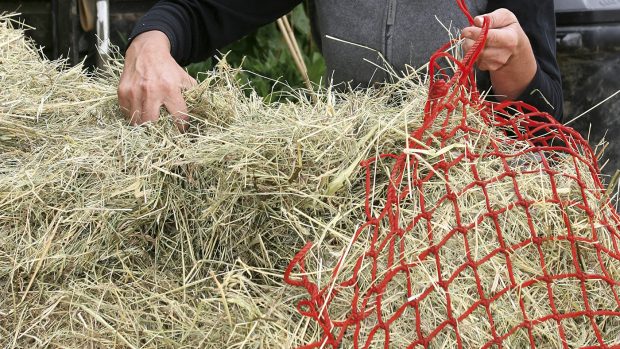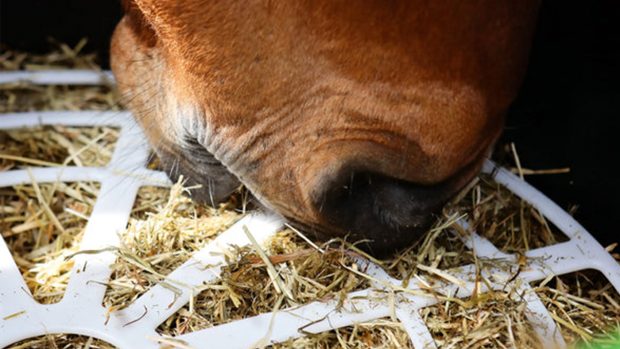An abundance of stock, coupled with steady prices, means smart riders could save money by bulk buying hay now for the winter, according to industry insiders.
After two tough winters when prices kept soaring, costs have now levelled off.
Last year, although there was a shortage of top-quality racehorse hay due to the wet summer, the normal grade hay was plentiful.
Despite horses being stabled for longer than usual over the hard winter, many suppliers have reported excess stock this year.
Mark Oakley, a hay producer from Bedfordshire, had a third of his stock left by the time spring arrived.
“The weather was mild before Christmas and we baled much more last summer than usual,” he said.
“The cold weather in March boosted sales and I’ve sold more than normal at this time of year, but I still have hay left.”
John Barber, founder of www.hay-net.com — a website for buying and selling straw, hay and haylage — says he has witnessed a similar situation.
“But at the moment, I can’t see us selling the amount we have,” he said.
Stock up for winter now
The surplus stock has affected prices — to horse owners’ benefit.
The British Hay and Straw Merchants Association (BHSMA) reports that wholesale small bale meadow hay cost an average of £83.30 per tonne in mid-May. That’s a significant drop from the same time in 2012, when prices averaged £112.30 per tonne.
“Suppliers aren’t panicking; hay will always sell,” said Michael Alexander, from Alexanders Auctioneers, Cambs.
“But buyers could take the opportunity to get forage for this coming winter now at good prices,” he advised.
April Gingell from the BHSMA agreed.
“It is always sensible to stock up if you have the room to store it,” she said. “Farmers need to clear the space for this year’s crop, so now is the time to get a bargain.
“It’s like buying a winter coat — if you get it out of season when fewer people are shopping, it’ll be cheaper.”
John Read, senior associate at Carter Jonas auctioneers, Newbury, reports that some hay producers have said they won’t bale as much hay this year because they have so much left in stock.
Philip Judge from hay supplier Philip Judge International said prices will never decrease, because the cost of producing hay and transportation is ever rising, so it is wise to
buy now.
“Select carefully, check the quality and be sure to keep it clean and dry,” he advised. “It is worthwhile to have some hay in now, rather than struggle to source it come November.”
Is old hay safe?
As long as it has been produced and stored correctly, then hay up to two years old is fine to feed — according to Louise Jones, a nutritionist at Dodson & Horrell.
“If the hay is baled when the moisture levels are low enough and it’s not exposed to rain, nutritional losses will be minimal,” she said.
But she advises having hay tested for nutrient content.
“It’s hard to tell visually — look for tightly packed bales [keeping out moisture] and more leafy hay,” she added. “Most [feed] companies will test hay for you for a nominal fee.”
April Gingell added that you should not be afraid to ask to examine the hay before buying.
“With lots of poor-quality hay and straw around, I’d advise going directly to the farmer — or buy in bulk from a reputable merchant,” she said.
H&H veterinary adviser Karen Coumbe explained why.
“Older hay is more likely to have accumulated dust and moulds, which will increase the incidence of stable coughs and other respiratory problems,” she said.
The full version of this news story was first published in Horse & Hound magazine (23 May 2013)




